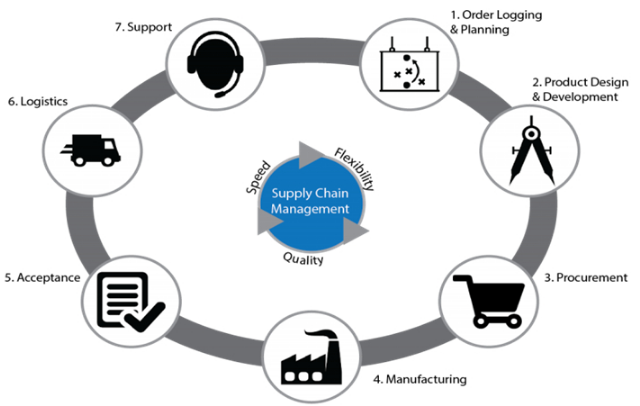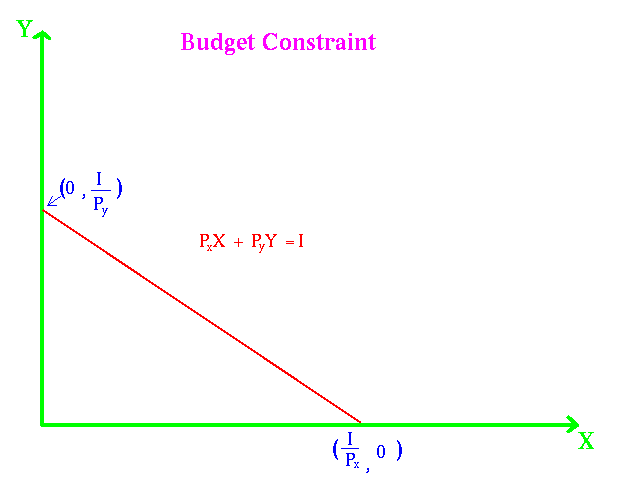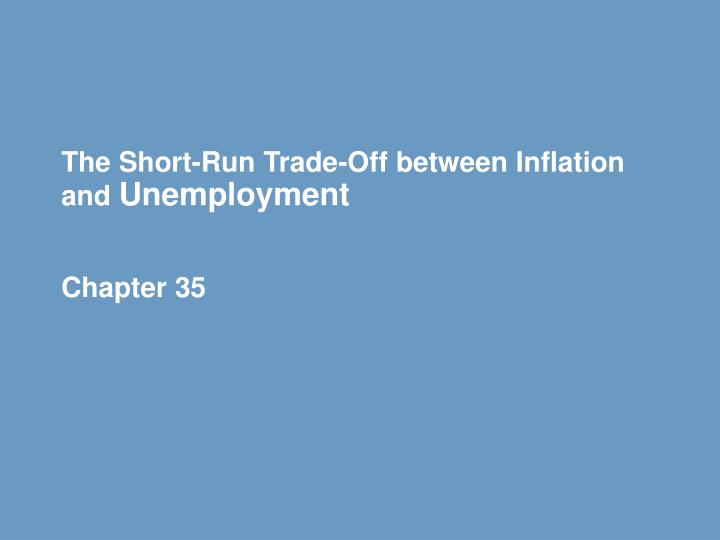

When you subtract current liabilities from current assets you get the working capital. Companies need to understand the relationship between the two because the working capital shows the funds available to meet obligations and then invest in the business growth. Before understanding the current liabilities, let’s talk a bit about liabilities in general and what does it mean to a business. Liabilities are the obligations or Debts payable by the business in future in the form of money or goods. A company incurs expenses for running its business operations, and sometimes the cash available and operational resources to pay the bills are not enough to cover them.
In other words, it comprises the amount received for the goods delivery that will take place at a future date. Current liabilities are the short-term commitments of a company that need to be paid within the operating cycle of the business. For all three ratios, a higher ratio denotes a larger amount of liquidity and therefore an enhanced ability for a business to meet its short-term obligations.

Total liabilities for August 2019 were $4.439 billion, which was nearly unchanged compared to the $4.481 billion for the same accounting period from one year earlier. Such liability is likely to be reported as costs for repair or replacement of the product. However, the obligation of such payment will only arise if a claim is made within the period of warranty. It is best to follow the current ratio which is perceived to be best by the industry in which a firm operates. If the contract is expected to be fulfilled within one year, the contract liability would be classified as a current liability.
Similar to the current ratio, a result above 1 portrays that a company can meet its short-term financial obligations with its immediate liquid assets. This approach to ratio calculation is comparatively more conservative as it only takes into account an organisation’s immediate assets which it can readily liquidate. An efficient working capital structure would be designed in such a manner where an organisation receives economic benefits from its current assets before it has to pay off its current liabilities. In other words, it shall be designed so that dues from sources such as debtors are cleared before the company is liable to pay its dues to creditors. For this purpose, creditors are treated as one of the most crucial short-term obligations in a company’s books. To understand the method of settlement of current liabilities, a company may have payment terms of 45 days with its suppliers.
Commercial paper is also a short-term debt instrument issued by a company. The debt is unsecured and is typically used to finance short-term or current liabilities such as accounts payables or to buy inventory. The short-term obligations of the business that are due within a year or within the operating cycle of the business are called current liabilities. For instance, accounts payable to a supplier or outstanding rent, etc., fall under current liabilities. Current liabilities may also be settled through their replacement with other liabilities, such as with short-term debt.
Current liabilities
Current liabilities are short-term financial obligations that are due either in one year or within the company’s operating cycle. Working capital is generally positive values; otherwise, it may signify that the company is running with the help of higher short-term debt. Short-term debts are the company’s debts that the company has to repay to the lender within one year.
In those cases, all the liabilities to be repaid within the normal operating/business cycle of the business are also to be termed the current liabilities. These current liabilities are present in the company’s balance sheet under the liabilities head as a separate section. Some examples of current liabilities include trade payable or accounts payable, Interest payable, Taxes payable, current portion of long-term debt notes payable, which are due within one year, etc. Current liabilities refer to debts or obligations a company is expected to pay off within a year or less. These short-term liabilities must be settled shortly, typically within a year or less.
- The analysis of current liabilities is important to investors and creditors.
- The outstanding rent is then shown in the balance sheet as the current liabilities of the company.
- Contract liabilities can be either current or non-current liabilities, depending on the timing of when the contract is expected to be fulfilled.
- A firm may receive cash in advance of performing some service or providing some goods.
The amount of short-term debt as compared to long-term debt is important when analyzing a company’s financial health. For example, let’s say that two companies in the same industry might have the same amount of total debt. Typically, vendors provide terms of 15, 30, or 45 days for a customer to pay, meaning the buyer receives the supplies but can pay for them at a later date. These invoices are recorded in accounts payable and act as a short-term loan from a vendor. By allowing a company time to pay off an invoice, the company can generate revenue from the sale of the supplies and manage its cash needs more effectively. There is no standard current liabilities formula to determine the value.
Types of Current Liabilities
The current ratio is the ratio of current assets to current liabilities. A current ratio of 1 or greater than 1 indicates a good working capital position of the organisation and that the organisation is able to meet all its current liabilities. The quick ratio is a calculation that measures a company’s ability to meet its short-term obligations with its most liquid assets. By comparing total non-current liabilities to cash flow, one may easily determine a company’s financial ability to satisfy long-term obligations.

You can also calculate a company’s working capital through its current liabilities. These are payments made by customers in advance of the completion of their orders for goods or services. Accrued expenses have been incurred but are not yet paid by the company, so they are part of the current liability as they are to be paid within one year. The number is always lower than the current ratio due to the exclusion of inventories. Investors can utilise this ratio to understand a company’s liquid financial strength.
Formula to Calculate Current Liabilities
Financial Liabilities TypesFinancial Liabilities for business are like credit cards for an individual. Some examples of current liabilities are- accounts payable, short-term debt, outstanding rent, etc. Unearned revenues are the payment received in advance from the customers to whom the goods & services are yet to be provided. It is a token amount given by the customers when they place orders for goods & services to a company supplying such material or service. For example, Mr. Achill placed an order of 100 units of mobile-to-mobile incorporation and gave an advance of $500 at the time of placing the order. Therefore, until the order is delivered to Mr. Achill, $500 will be reported as advance received from customers under the head’s current liability.
For example, short-term loans were taken from friends, relatives, banks, and other financial institutions. The income tax due to be paid to the government authorities becomes due at the end of the accounting year but is often paid after the end of the accounting year. Therefore, the current year’s taxes payable remain outstanding at the end of the accounting year. However, it is essential to note that, in the case of both these ratios, a number too high might insinuate that such organisation is not utilising its assets to its full potential.
These represent funds given by lenders to borrowers on which interest accumulates as per the terms of the agreement. The face of such notes payable represents the amount borrowed, maturity along with annual interest to be paid. Now, there are certain capital intensive industries having an operating cycle of more than a year. For instance, companies in liquor and tobacco industries have operating cycles that exceed a year.
Type of Liabilities
An operating cycle for a firm is the average time that is required to go from cash to cash in producing revenues. For example, accounts payable for goods, services or supplies that were purchased for use in the operation of the business and payable within a normal period would be current liabilities. Amounts listed on a balance sheet as accounts payable represent all bills payable to vendors of a company, whether or not the bills are less than 31 days old or more than 30 days old. Therefore, late payments are not disclosed on the balance sheet for accounts payable. There may be footnotes in audited financial statements regarding age of accounts payable, but this is not common accounting practice.
Non-Current Liabilities Examples
Current liabilities are short-term debts, while the latter includes long-term loans and leases. On the other extreme, inadequate working capital may pose short-term liquidity issues if the company maintains current assets which are not sufficient enough to meet the liabilities. Consistent liquidity issues may pose problems in the firm’s smooth functioning and affect the company’s credibility in the market. Liquidity ratios are a class of financial metrics used to determine a debtor’s ability to pay off current debt obligations without raising external capital. When a company determines that it received an economic benefit that must be paid within a year, it must immediately record a credit entry for a current liability.
The quick ratio is a more conservative measure for liquidity since it only includes the current assets that can quickly be converted to cash to pay off current liabilities. Accrued expenses are listed in the current liabilities section of the balance sheet because they represent short-term financial obligations. Companies typically will use their short-term assets or current assets such as cash to pay them. They comprise accrued liabilities, accounts payable, short-term debt and similar kinds of other obligations. However, the current ratio does not fully represent a company’s short-term solvency. For instance, a company may have high accounts receivable, which shows that the company is not efficient in collecting the debt.
The accounts payable is what the business owes such as the debts and other obligations that it has to fulfill within a certain period. Many times, the accounts payable is the highest current liability of a business especially when a business pays later and receives the product before that. Businesses tend to keep the accounts payable high to ensure they can cover the inventory they currently have. Current Liabilities on the balance sheet refer to the debts or obligations that a company owes and is required to settle within one fiscal year or its normal operating cycle, whichever is longer. These liabilities are recorded on the Balance Sheet in the order of the shortest term to the longest term.
Different ratios are used for assessing non-current liabilities; these include debt-to-capital ratio and debt-to-assets ratio. Current liability has been used by various stakeholders to analyze the liquidity position of the business. A strong current ratio will give enough comfort to lenders because it gives the signal that the company has enough funds to service the loan. Whereas lenders would shy away from lending to a business having a low current ratio. It these ratios are less than one then it indicates a problem (i.e., working capital crunch).
We follow strict ethical journalism practices, which includes presenting unbiased information and citing reliable, attributed resources. Business CycleThe business cycle refers to the alternating phases of economic growth and decline. These items or financial events usually are not significant enough because they do not directly contribute to an organisation’s core operations. Hence, for the sake of simplicity and transparency, these items are lumped together sans further classification under this head. A liability is something that is borrowed from, owed to, or obligated to someone else. It can be real (e.g. a bill that needs to be paid) or potential (e.g. a possible lawsuit).


No Comments to Current Liabilities Definition, What is Current Liabilities, and How Current Liabilities works? so far. (RSS Feeds for comments in this post)
No one has commented so far, be the first one to comment!